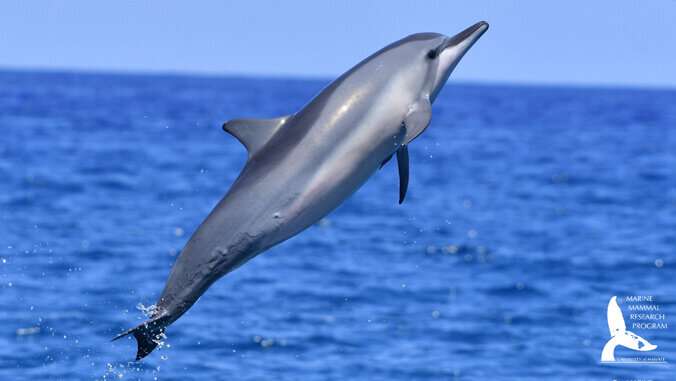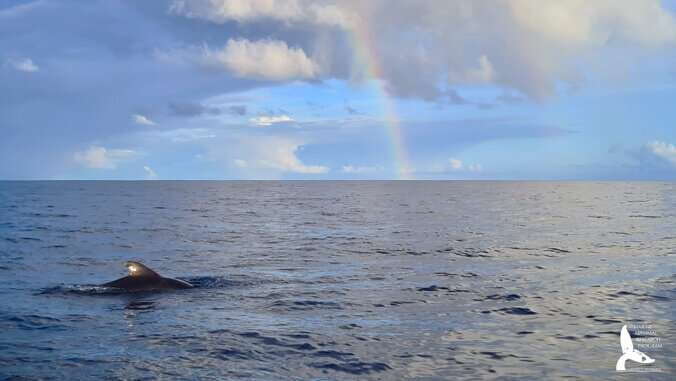This article has been reviewed according to Science X's editorial process and policies. Editors have highlighted the following attributes while ensuring the content's credibility:
fact-checked
peer-reviewed publication
trusted source
proofread
Individual whale, dolphin ID using facial recognition tech

A new tool uses facial recognition technology to identify individual whales and dolphins in the wild across 24 species. The research was led by University of Hawaiʻi at Mānoa Hawaiʻi Institute of Marine Biology (HIMB) Ph.D. student Philip Patton and published in Methods in Ecology and Evolution.
"From a conservation standpoint it is really useful to be able to recognize the same individuals over time because you can see what areas the individuals use," said Patton. "You can also use this information to estimate population size and population trends."
This multi-species photo-identification model based on a state-of-the-art method in human facial recognition was created for a Kaggle competition organized by Happywhale.com that challenged engineers to develop a tool that could individually identify whales and dolphins using an algorithm. The algorithm engineers developed can identify characteristics such as scarring, pigmentation, size and more on individual dolphins and whales.
Accelerating information gathering process
The UH Mānoa Marine Mammal Research Program studies these species using photography to inform management and conservation efforts for marine mammals in Hawaiʻi.
"When we go out and do these surveys like taking pictures of them out in the field, using an algorithm like this we can really speed up the information gathering process," said Patton. "Once we get back to the lab we can run our photos through the algorithm and it will tell us who is there and then we immediately have some information to judge things like population, space use, etc. which are important for conserving Hawaiian whales and dolphins."

Ecologically, dolphins are very social, and this new tool provides a way to observe dolphin social behavior in a non-invasive way.
"You can actually learn a lot of information from just recognizing the same individual over time and noting where you saw it," said Patton.
The publication is the product of a massive collaboration, with 56 researchers from around the globe sharing their valuable image data—representing six continents and 24 species—to advance cetacean research and conservation.
The study included HIMB graduate students Liah McPherson and Jens Curry, and Patton's faculty advisor Lars Bejder.
More information: Philip T. Patton et al, A deep learning approach to photo–identification demonstrates high performance on two dozen cetacean species, Methods in Ecology and Evolution (2023). DOI: 10.1111/2041-210X.14167
Journal information: Methods in Ecology and Evolution
Provided by University of Hawaii at Manoa

















